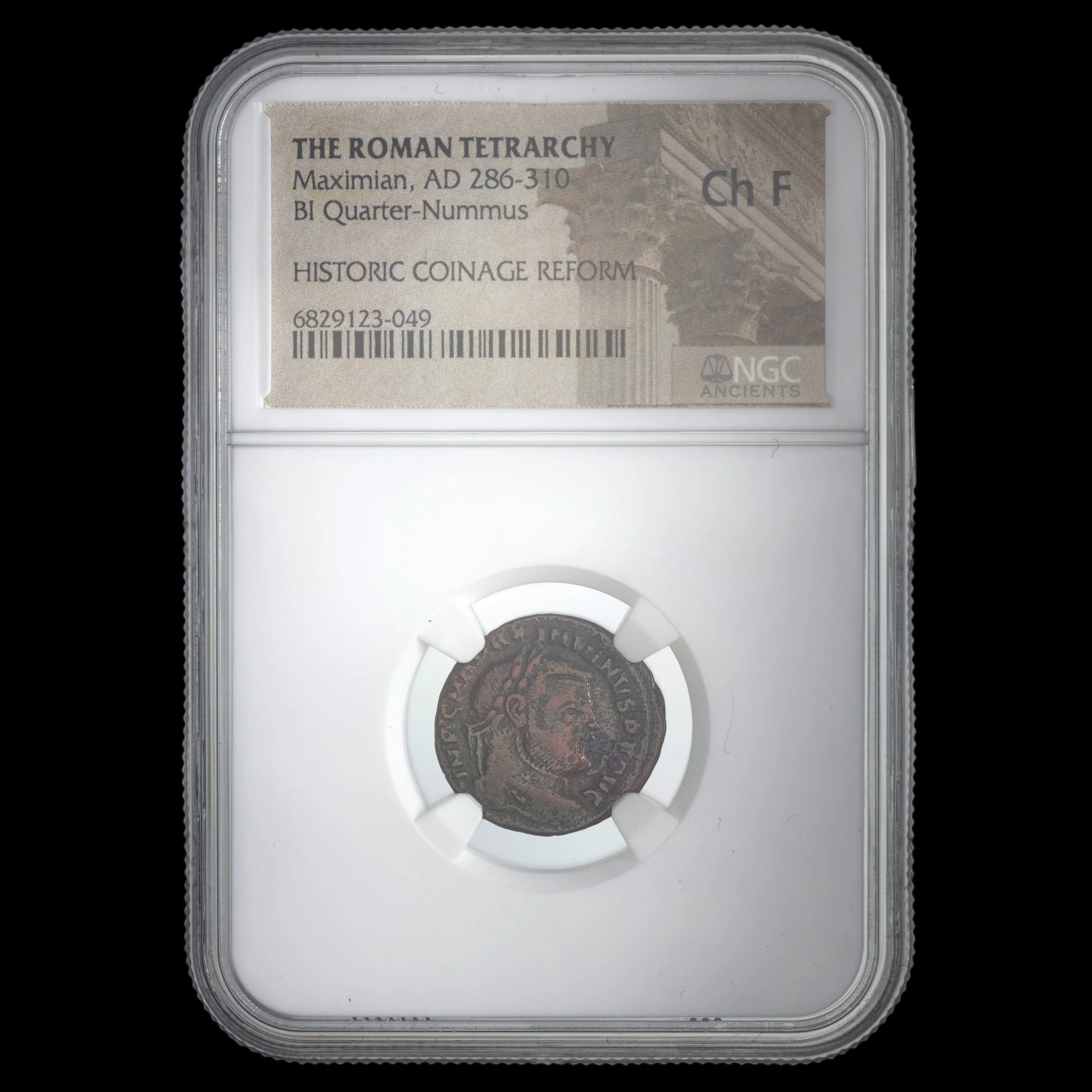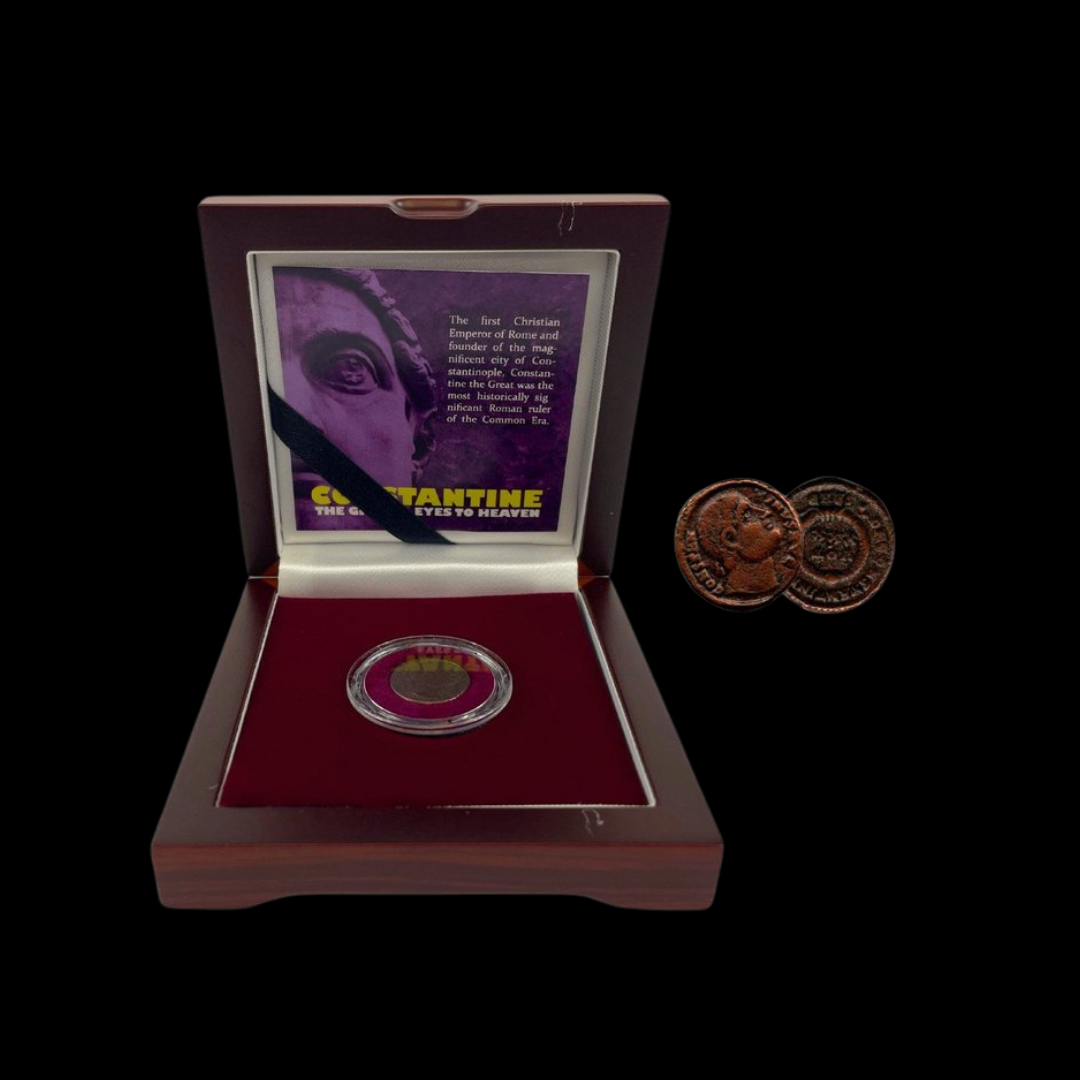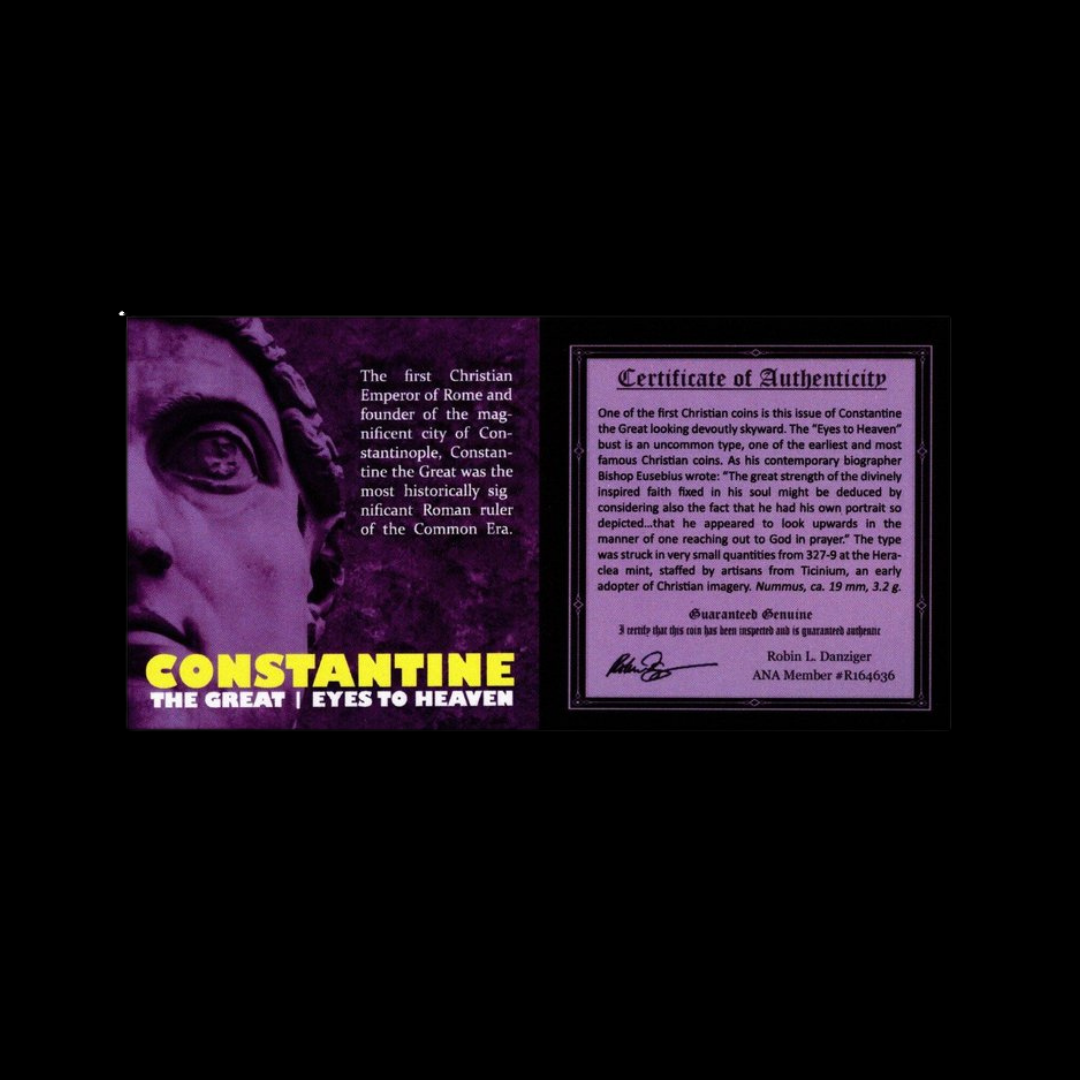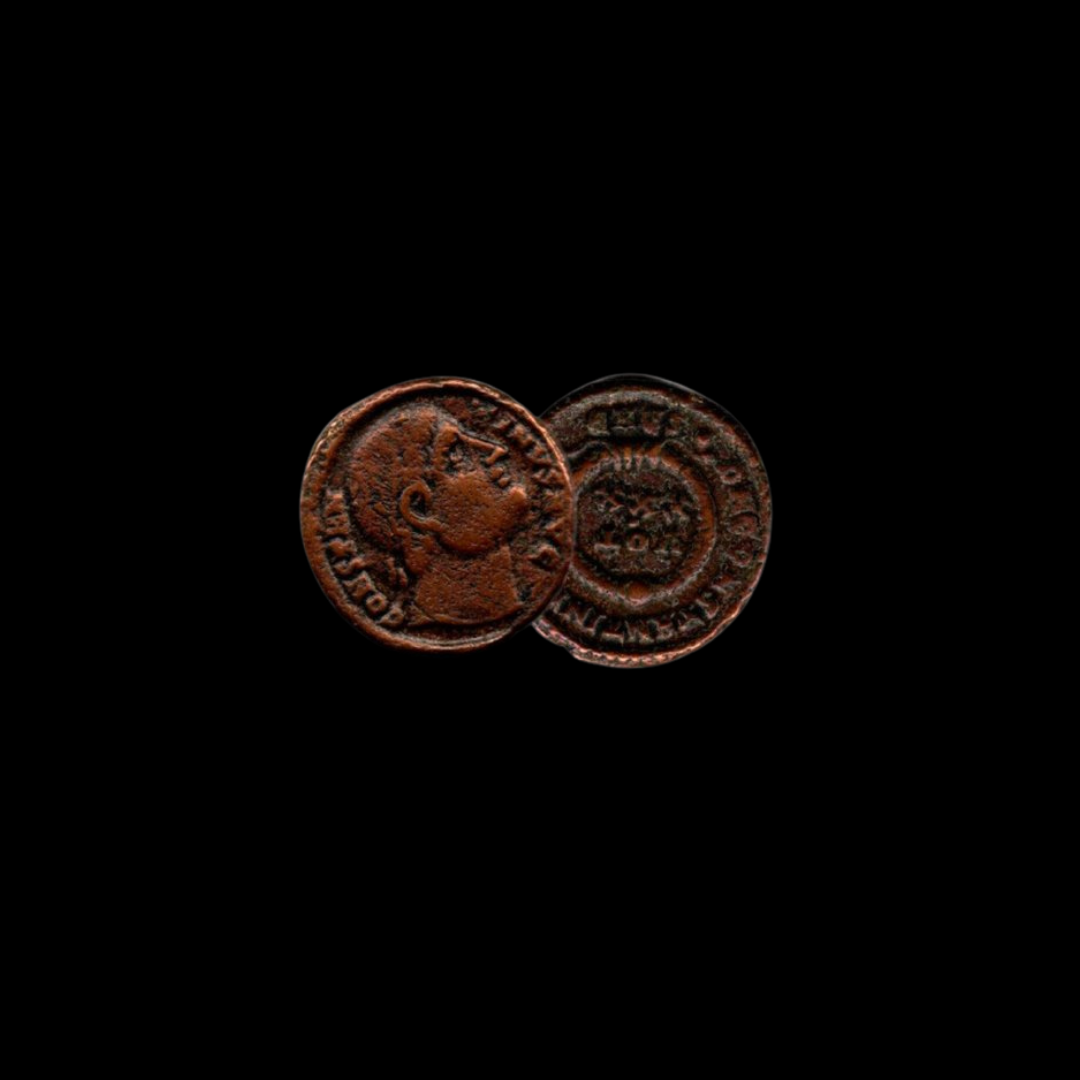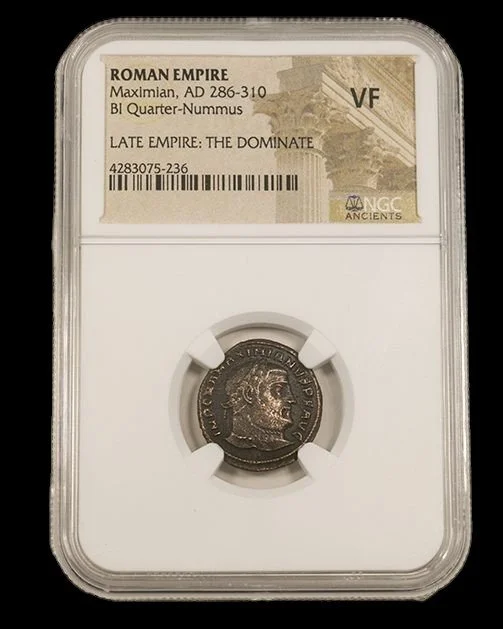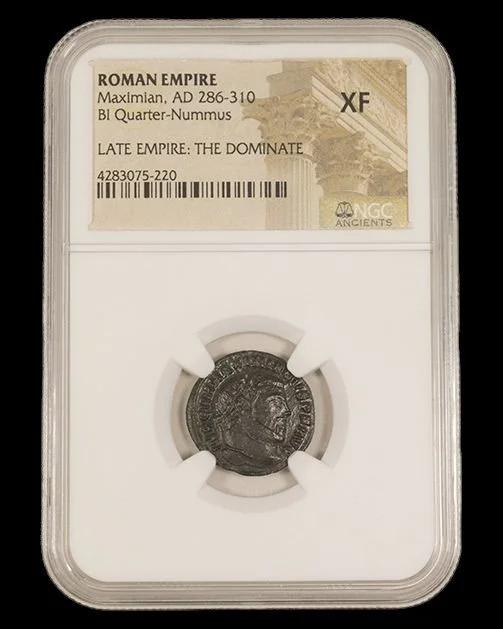 Image 1 of 4
Image 1 of 4

 Image 2 of 4
Image 2 of 4

 Image 3 of 4
Image 3 of 4

 Image 4 of 4
Image 4 of 4





Roman Bronze AE4 Of Valentinian III (about 1,570-1,600 years ago)
The coins shown are representative examples of the grade and type, but not the actual specimens for sale. For details on NGC’s grading standards and definitions, please refer to our NGC Grading page.
This small bronze coin was minted during the long but troubled reign of Valentinian III, one of the last emperors of the Western Roman Empire. These small denomination coins would have been used for everyday transactions by common people throughout the increasingly unstable western provinces.
Coin Description:
Front side: Profile portrait of Valentinian III wearing an imperial diadem, with his name and titles in Latin around the edge
Back side: Likely displays common 5th-century imperial imagery such as victory figures, military standards, or Christian symbols
Technical Details:
Bronze composition (copper alloy)
AE4 denomination (smallest standard bronze coin)
NGC certified (Numismatic Guaranty Corporation)
Minted between 425-455 CE in various western imperial mints
Condition: Certified by NGC, specific grade not provided
Historical Significance: This coin represents the final decades of the Western Roman Empire as it struggled against both internal conflicts and external invasions. Valentinian III, elevated to the throne as a child, never exercised effective control over his realm. His reign saw the loss of North Africa to the Vandals, devastating invasions by Attila the Hun, and the increasing power of military commanders like Aetius and Ricimer. His assassination in 455 CE accelerated the Western Empire's collapse, which would occur just two decades later.
The coins shown are representative examples of the grade and type, but not the actual specimens for sale. For details on NGC’s grading standards and definitions, please refer to our NGC Grading page.
This small bronze coin was minted during the long but troubled reign of Valentinian III, one of the last emperors of the Western Roman Empire. These small denomination coins would have been used for everyday transactions by common people throughout the increasingly unstable western provinces.
Coin Description:
Front side: Profile portrait of Valentinian III wearing an imperial diadem, with his name and titles in Latin around the edge
Back side: Likely displays common 5th-century imperial imagery such as victory figures, military standards, or Christian symbols
Technical Details:
Bronze composition (copper alloy)
AE4 denomination (smallest standard bronze coin)
NGC certified (Numismatic Guaranty Corporation)
Minted between 425-455 CE in various western imperial mints
Condition: Certified by NGC, specific grade not provided
Historical Significance: This coin represents the final decades of the Western Roman Empire as it struggled against both internal conflicts and external invasions. Valentinian III, elevated to the throne as a child, never exercised effective control over his realm. His reign saw the loss of North Africa to the Vandals, devastating invasions by Attila the Hun, and the increasing power of military commanders like Aetius and Ricimer. His assassination in 455 CE accelerated the Western Empire's collapse, which would occur just two decades later.






